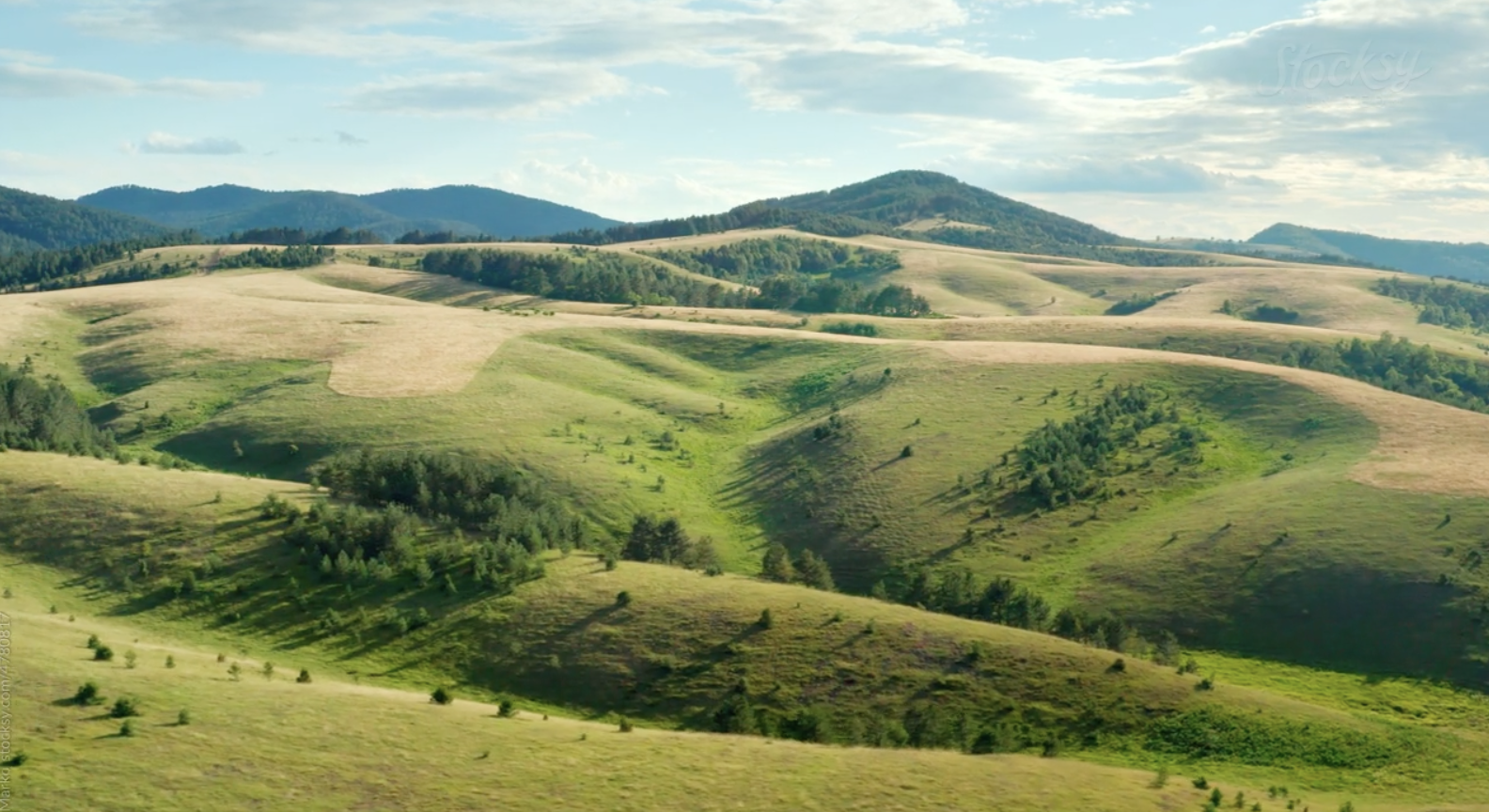Bringing Climate and Nature Together: What Integration Means in Practice
The climate crisis has long been a corporate priority. But the nature agenda, biodiversity, land use, pollution, and water, is now emerging as an...
3 min read
Natcap : 8 Oct, 2025

Nature is no longer just a “nice to have” on corporate sustainability agendas. It is fast becoming a core pillar of business strategy. From biodiversity loss to water stress, companies are facing tangible risks to their operations, supply chains, and reputations. But when it comes to getting started on nature, what actually works?
Answering that question was the core theme of the recent Nature Agenda webinar, hosted by Sebastian Leape, CEO of Natcap, featuring insights from Kieran King, Environment and Sustainability Business Partner at AG Barr, and Marc Kennedy, Delivery Manager at Natcap. The session focused on how companies can get started on their nature journey, even when data is patchy and internal buy-in is a challenge
One poll during the session revealed that 40% of attendees cited internal persuasion as the biggest hurdle to building a nature strategy. If that sounds familiar, these seven lessons, drawn from real companies already making progress, will help.
Companies are realising that nature isn’t just an ethical issue. It’s a business one too. For AG Barr, it started with a simple but critical insight: their soft drinks depend on fruit, and fruit depends on pollinators like bees. In fact, climate change and biodiversity loss were already disrupting yields and water availability, creating real supply chain risk.
“Nature is essentially an ingredient to our business… Just as important as the can or the glass bottle.”
- Kieran King, AG Barr
Framing nature as a business continuity and operational risk issue is often the most effective way to start the internal conversation.
One of the most common roadblocks is data, or the lack of it. But, as both Kieran and Marc emphasised, that’s not an excuse to delay.
“We risk inaction if we’re trying to get it perfect the first time.”
- Kieran King, AG Barr
AG Barr started by focusing on its top five agricultural commodities and identifying where those ingredients were processed. Farm-level data wasn’t available, so they used proximity to processing facilities as a proxy and assessed risks using the WWF Biodiversity Risk Filter.
Tools like Encore and national pollution databases can also help. The key is to start with what you’ve got, and refine as you go.
To secure buy-in and budget, companies need to quantify risk but also bring the context of regulators and competitors into the conversation. AG Barr modeled scenarios like a 10% loss in fruit supply due to drought and linked those to potential financial impacts.
But just as important as internal modeling are case studies from peers and context on regulator and investor action. Examples from similar sectors create a sense of urgency, feasibility, and peer pressure. Natcap has seen companies act more decisively when they understand the external context.
While data is essential, it’s not enough on its own to drive action. Kieran reflected on how his early efforts focused too much on spreadsheets and not enough on stories.
That changed when he connected nature back to specific products, like how regenerative agriculture could protect the mangoes used in Rubicon Mango.
“I was so focused on building a data-driven business case that I think I overlooked the power of a good narrative.”
- Kieran King, AG Barr
Stories humanise the strategy. They help stakeholders care, not just understand.
Persuasion isn’t one-size-fits-all. Procurement, finance, marketing, and leadership teams each respond to different motivators. Align the nature message with what each team values most:
One stat AG Barr used showed that regenerative farms maintained 95% of yield during extreme drought, a compelling datapoint for procurement and operations teams.
High-level assessments are critical, but they shouldn’t delay real-world action. In fact, piloting tangible projects early can build credibility and internal momentum.
Companies like Reckitt have done this effectively, choosing a few high-risk sourcing areas to invest in regeneration and biodiversity improvements. These pilot projects become credible proof points for scaling.
Starting small helps test assumptions, improve data, and show visible progress — all while keeping stakeholders engaged.
A credible strategy is grounded in trusted methodologies, partnerships, and transparent progress tracking. AG Barr is exploring alignment with SBTN (Science-Based Targets for Nature) and using frameworks like TNFD to structure assessments and disclosure.
But they also emphasised a key insight: even the best data doesn’t matter if it doesn’t lead to action. Partnerships with data providers, suppliers, and advisory firms help close gaps and accelerate the journey.
As regulatory pressure builds and ecosystems grow more fragile, companies can’t afford to sit still. Whether you’re just getting started or looking to scale your efforts, these seven lessons show that it’s not about being perfect. It’s about being pragmatic, clear-eyed, and collaborative.

The climate crisis has long been a corporate priority. But the nature agenda, biodiversity, land use, pollution, and water, is now emerging as an...

The European Financial Reporting Advisory Group (EFRAG) has released a draft update to the European Sustainability Reporting Standards (ESRS),...

In the race toward a nature-positive economy, companies are increasingly being asked to understand their impacts and dependencies on nature and to...